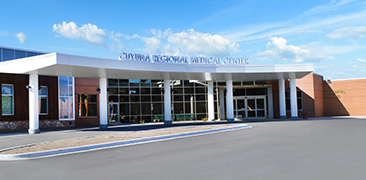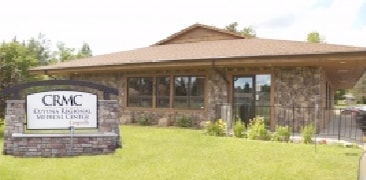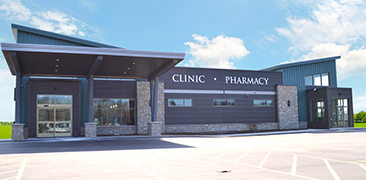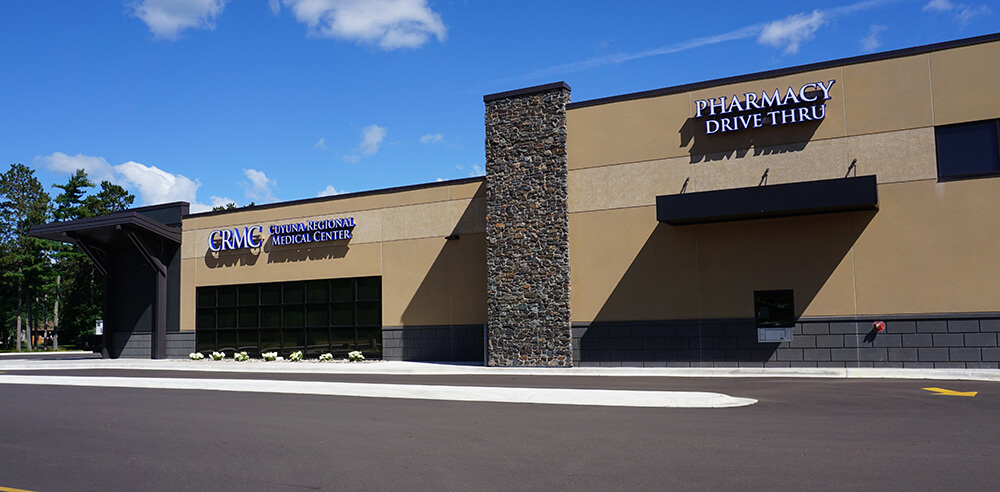Dr. Klassen uses non-invasive treatments like physical therapy, injections and medications to treat pain as a first-line approach to care before considering surgery. Minimally invasive and arthroscopic surgery is utilized whenever possible to improve precision and reduce recovery time and scarring.
The shoulder is a ball-and-socket joint. The ball of your upper arm bone fits into a socket in your shoulder blade. If the ball slips out, your shoulder has "dislocated."
This is a painful pinching of soft tissues in your shoulder. It happens when these tissues rub and press against a part of your shoulder blade called the "acromion." This can irritate your rotator cuff tendons, and also a soft sac called the "subacromial bursa."
This is a looseness of the shoulder joint. With it, your arm slides around too much in the socket. It may slip out of the socket easily. Instability can happen because the ligaments that hold your shoulder together aren't tight enough. Or, the cartilage around your shoulder socket may be damaged.
Our shoulders are the most movable joints in the body. They give our arms great range of motion. They allow us to lift and control heavy loads. Shoulder pain is a problem many of us feel at some time in our lives. Let's learn about shoulder pain, and what you can do about it.
This is an injury of the acromioclavicular joint (commonly called the "AC" joint). This is the joint where the clavicle meets the scapula. A shoulder separation is a stretching or a tearing of the ligaments that support these bones. This allows the bones to move out of position.
This is a swelling of a fluid-filled sac called the "subacromial bursa." It's in the shoulder, between a bony protrusion called the "acromion" and the rotator cuff. You have similar sacs near other large joints throughout your body. They act as cushions between your bones and your soft tissue. Normally they have a small amount of fluid inside them. But sometimes they can swell. We call that "bursitis."
This is stiffening of your shoulder. It happens over time, and you may not know what caused it. With a frozen shoulder, it can be hard for you to be as active as you like.
Tendons are strong bands of tissue that connect muscle to bone. With this injury, one of the tendons anchoring your biceps muscle is torn. It may be torn partially or completely. Because the biceps is attached with two separate tendons, you may find that you can still use your biceps muscle even if one tendon is completely torn.
This painful condition occurs when calcium deposits form in tendons of the rotator cuff. These tendons and surrounding tissues in the shoulder become inflamed. Reactive calcification often develops in young people, but it can affect people of all ages.
This is a fracture of a part of the shoulder blade called the "glenoid." This is the socket that holds the head of the humerus (the bone of the upper arm). A glenoid fracture can allow the head of the humerus to slip out of the socket.
This condition is a break of the scapula, the large, flat, triangular bone that contains the shoulder socket. Because the scapula is well protected by the muscles of the shoulder, scapula fractures are uncommon.
Some of the muscles in your shoulder have opposing roles. When you move your arm, certain muscles contract while their opposing muscles relax. But when a muscle becomes much stronger than its opposing muscle, your shoulder can become unstable. You may have trouble moving it normally. We call this a "muscle imbalance."
Osteoarthritis, also called degenerative arthritis, is a gradual breakdown of cartilage in the joints. Cartilage is a tough, flexible connective tissue that protects the ends of bones in the joints. Osteoarthritis of the shoulder can severely impact a person's lifestyle.
If overuse has led to pain in the front of your shoulder, you may have an injury we call "weightlifter's shoulder." It's a type of damage that most often affects the end of the clavicle (commonly called the "collarbone").
The rotator cuff muscles and tendons hold your upper arm bone in your shoulder socket. A hard fall, repetitive arm motions or problems with the structure of your shoulder can injure the rotator cuff.
This condition, also called "ulnar nerve entrapment," happens to the ulnar nerve in your elbow. This nerve travels along the inner side of your elbow and down to your hand. It's the nerve that makes the jolt you feel when you bump your "funny bone." With this condition, your ulnar nerve is compressed, stretched or irritated.
This is a swelling of a fluid-filled sac in the back of your elbow. This sac is called the "olecranon bursa." You have similar sacs near other large joints throughout your body. They act as cushions between your bones and your soft tissues. Normally they have a small amount of fluid inside them. But sometimes they can swell. That is called "bursitis."
This happens when you extend your elbow back farther than it's supposed to go. That damages the bones and soft tissues in your joint. Hyperextension can dislocate or even fracture your elbow.
This condition, commonly called tennis elbow, is an inflammation of the tendons that connect the muscles of the forearm to the elbow. The pain is primarily felt at the lateral epicondyle, the bony bump on the outer side of the elbow.
This condition, commonly called golfer's elbow, is an inflammation of the tendons that connect the muscles of the forearm to the elbow. The pain is primarily felt at the medial epicondyle, the bony bump on the inner side of the elbow.
If you are an athlete, or if you work with your arms and hands, your elbows may be at risk for an overuse injury. This is an injury caused by repetitive motions. This type of injury can be a problem for people who play sports such as tennis or baseball. Children also have a higher risk, because their bones are still growing.
Throwing overhand again and again puts a lot of stress on your elbow. It can lead to injury. Young athletes, in particular, are at risk. Some play sports all year without learning how to throw properly. And, their bones are still growing. Let's look at how the elbow can be damaged.











